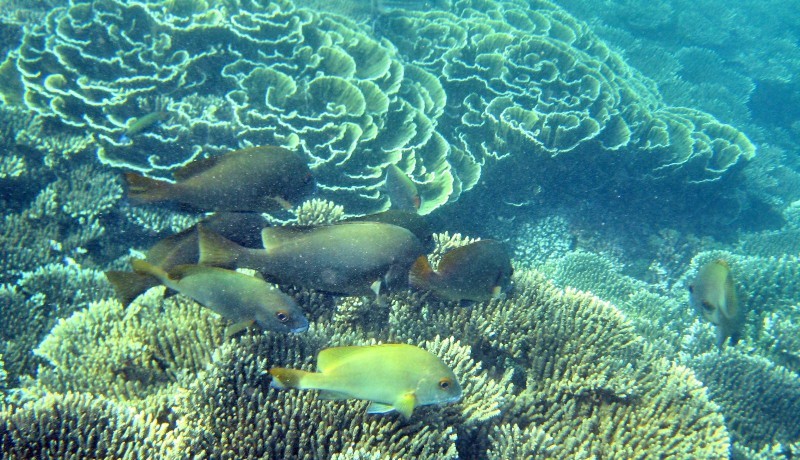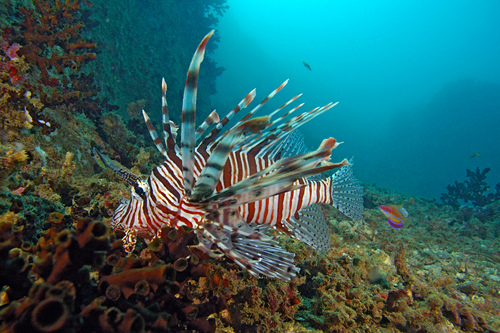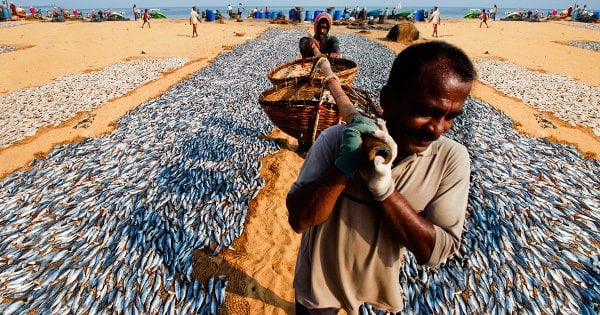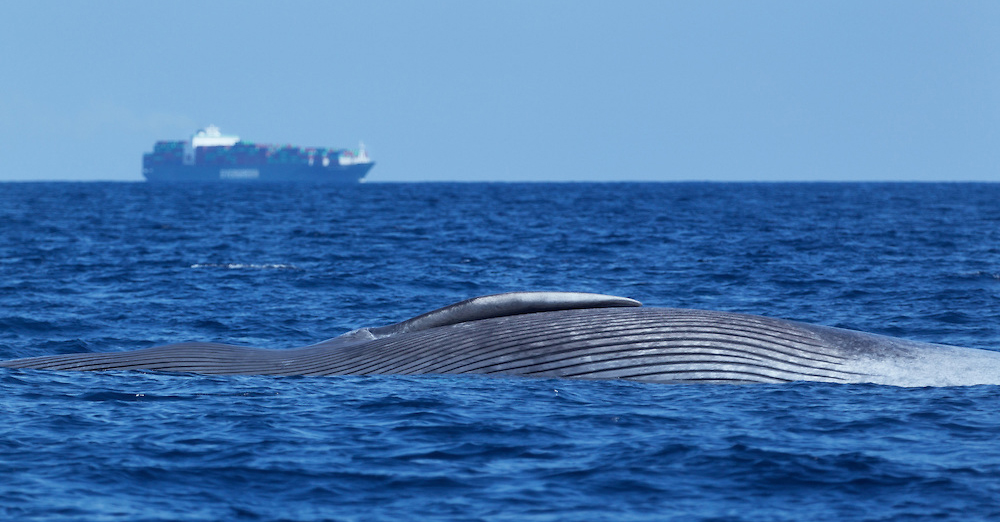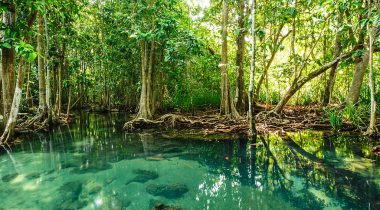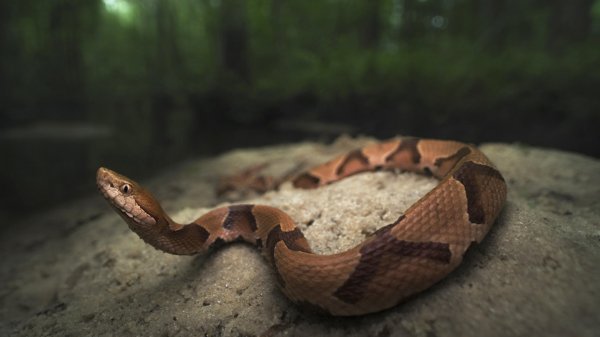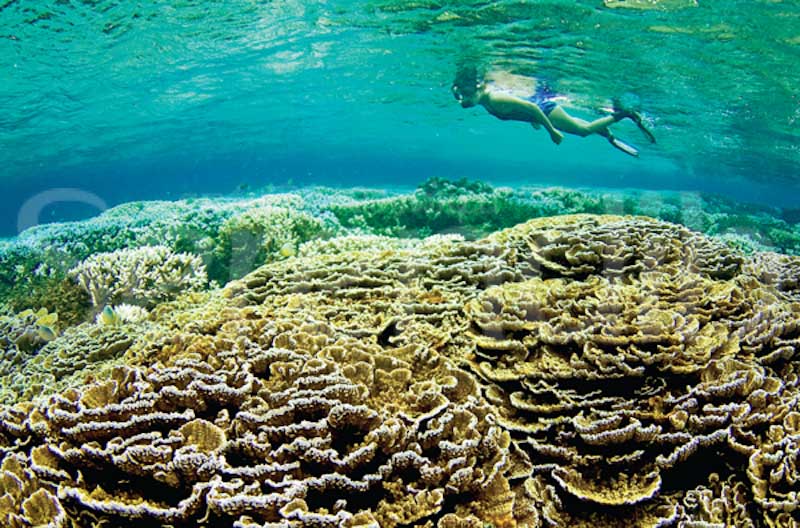
We don’t have to go all the way to the Great Barrier Reef in Australia to marvel at the wonders of coral reefs. Some of Sri Lanka’s major reefs can be found off the Jaffna Peninsula, the Gulf of Mannar, Hikkaduwa, Galle, Yala, Pasikudah and Trincomalee.
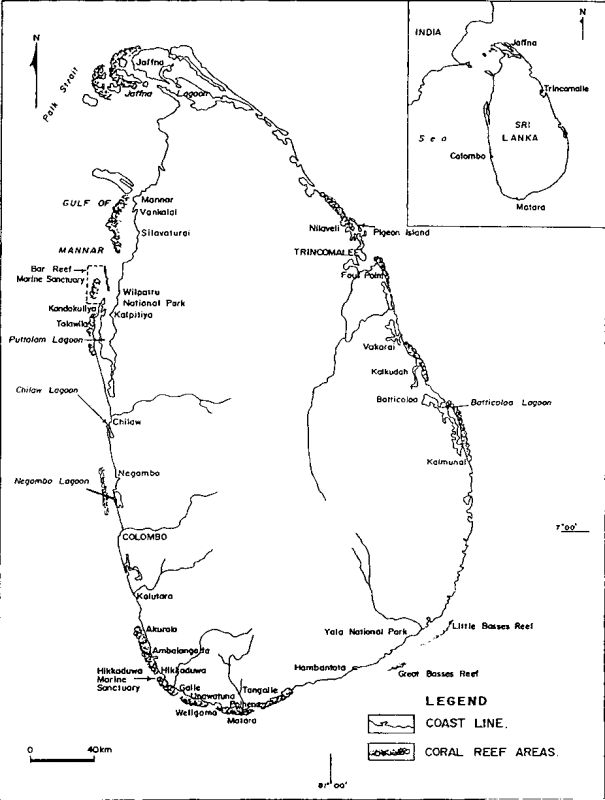
Important recorded coral reef areas in Sri Lanka. Source: NARA; Rajasuriya and White 1995, www.fao.org
It is estimated that in Sri Lanka, there are about 35 soft coral species and 208 hard coral species, and while they aid the tourism sector and provide a livelihood for many people living off the coast, our corals are also in danger due to a variety of direct and indirect human activities, such as:
- The most obvious threat: climate change. Coral reefs grow only in certain temperatures and are sensitive to temperature changes. When the ocean warms and the oxygen content reduces, corals become bleached. According to reports, many reefs were extensively damaged in 1998 due to bleaching. Bleaching has been observed on reefs in the east and the north. In 2010, coral reefs of Pigeon Island National Park and Dutch Bay in Trincomalee saw severe bleaching and degradation.
- The tsunami in 2004, too, greatly damaged some of the coral reefs in the eastern and southern regions, the effects of which can be still seen today. According to research done by Princeton University, however, healthy coral reefs provide more protection from destructive tsunami waves than unhealthy or dead coral reefs. Professor Michael Oppenheimer, the Albert G. Milbank Professor of Geosciences and International Affairs at Princeton, has noted that “Healthy reefs have rougher surfaces, which provide friction that slows the waves substantially in comparison with smoother, unhealthy ones.”
- Direct human activity, meanwhile, also contributes to the degradation of the reefs. Destructive fishing methods such as blast fishing, especially widespread in the eastern and north-western coastal waters, damage the reefs to a point where it will take an estimated 100 – 106 years for the reefs to recover and rebuild. This method employs the use of a dynamite bomb which explodes under water in the coral reef, stunning or killing the fish in the radius of the bomb. These fish then float to the surface where they are easily caught. Blast fishing has contributed to damaging over 50% of the reefs in Southeast Asia. Apart from killing fish and destroying live corals, it shatters the foundation which corals grow on, therefore disrupting the process of rebuilding.
- Coral mining, too, is a serious threat. Corals are mined to provide lime for the construction industry – also, 92% of the lime used in Sri Lanka is by the construction industry. Modern practices of mining both live and dead corals from the sea have proved to be the most destructive. There are also direct links scientifically established between coral mining and the destructiveness of the tsunami in 2004.
- Certain species are also over-harvested, like the herbivorous reef fish and the Humphead wrasse, which feeds on juvenile Crown of Thorns Star Fish. This, in turn, disrupts the ecological balance of coral reefs.
- Much of Sri Lanka’s population lives around the coast and depends on the sea, either for livelihood or recreation. All near-shore reefs in Colombo and reefs near the major cities in the southern coast have been affected by pollution from coastal development and industries. Tourism, while it brings in revenue for the country, also has its effects on the near-shore reefs, particularly due to unplanned development of tourist facilities along the coast, which causes beach pollution. Other direct impacts include the trampling of corals. A report on this issue notes that most of the damage is caused by Sri Lankan visitors disregarding advice given by local authorities.
Despite the obvious importance of these corals and coral reefs to Sri Lanka, they receive little protection in the natural environment. Legally, they are given protection under the Fauna and Flora Protection Act by the Department of Wildlife Conservation. Corals and reef habitats are also protected under the Coast Conservation Act. The protection this Act provides is, however, limited to a two-kilometre-wide strip of coastal water around the country.
The Department of Wildlife Conservation has also established four marine protected areas: the Hikkaduwa Marine National Park, Pigeon Island Marine Park, Bar Reef Marine Sanctuary and Rumassala Marine Sanctuary. A report, however, notes that due to inadequate implementation of regulations, little protection is given to reef habitats, even if within the marine protected areas. Despite the creation of special management areas under the Coastal Zone Management Plan for the Hikkaduwa Marine National Park and the Bar Reef Marine Sanctuary, most recommendations for the protection of coral reefs in these areas have yet to be implemented, leaving our coral reefs vulnerable to further degradation.
